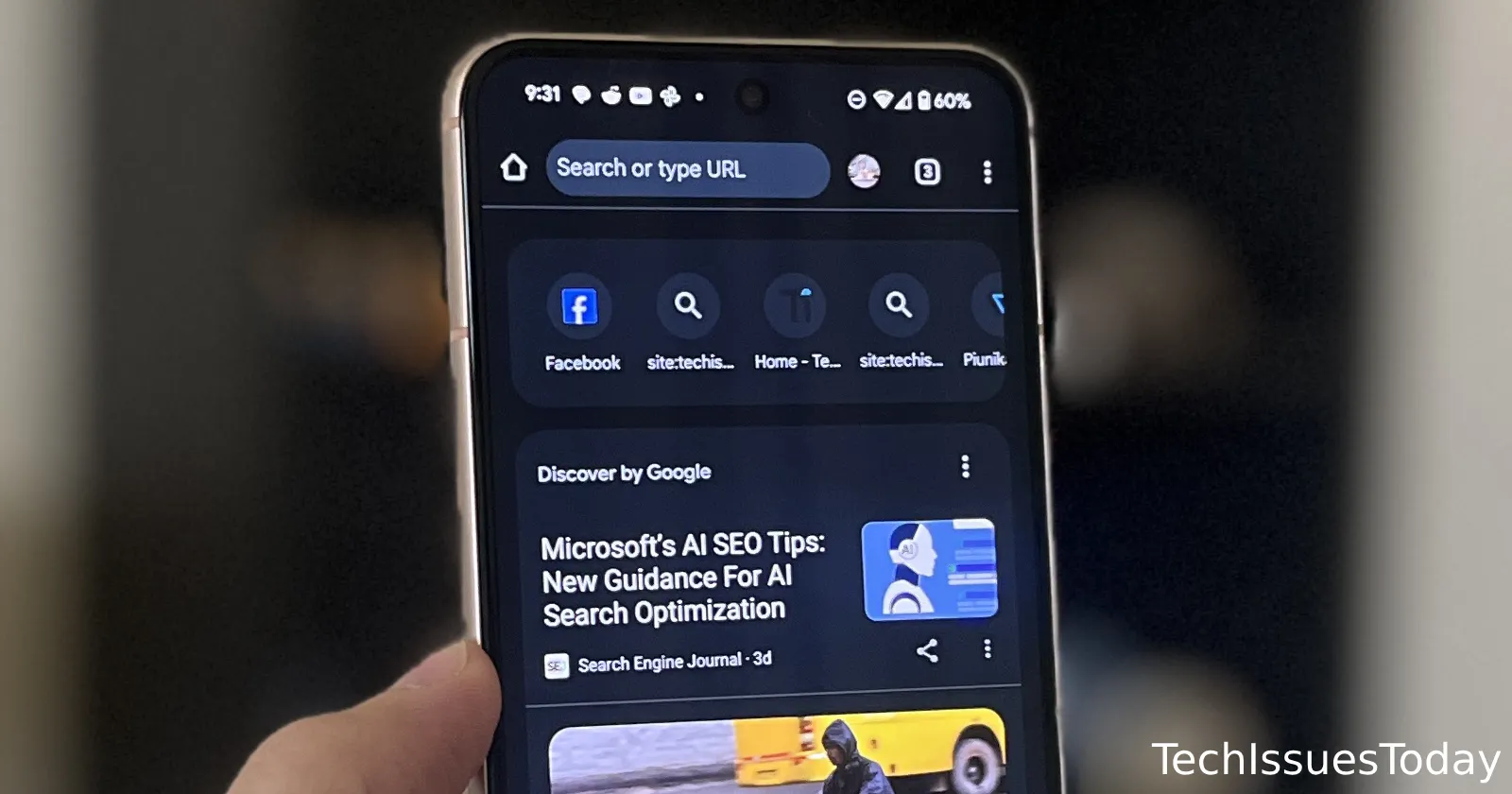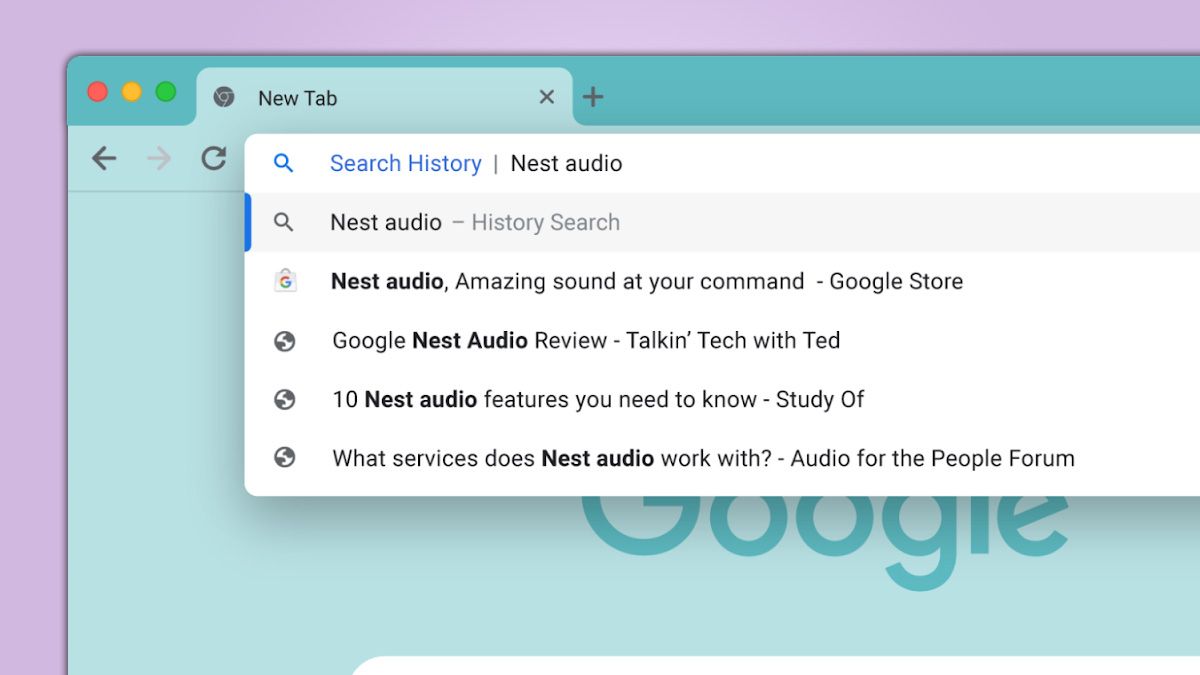
Harness the Power of the Web with JavaScript's Ambient Light Sensor: A Developer's Guide
Ever wondered how websites can automatically adjust their themes based on your surroundings? The Ambient Light Sensor API in JavaScript makes this possible! This guide dives into how you can use this fascinating technology to create more responsive and user-friendly web experiences.
What is the JavaScript Ambient Light Sensor API?
The Ambient Light Sensor API allows web developers to access the ambient light level surrounding the user’s device. In simpler terms, it tells you how bright it is where the user is! Imagine the possibilities: automatically switching to dark mode in a dimly lit room or adjusting screen brightness for optimal viewing.
Why Use the Ambient Light Sensor?
Why should you care about ambient light? Simple: it enhances user experience and accessibility.
- Adaptive Interfaces: Create websites that automatically adjust their appearance based on ambient light.
- Improved Accessibility: Help users with light sensitivity by adjusting screen brightness dynamically.
- Energy Savings: Reduce screen brightness in low-light conditions to save battery life.
Getting Started: Implementing the Ambient Light Sensor
Ready to dive in? Here’s how to implement the Ambient Light Sensor API in your JavaScript projects.
-
Check for Support: First, verify if the user's browser supports the
AmbientLightSensorAPI. -
Request Permission (If Needed):
Some browsers require explicit permission to access the sensor. Handle this gracefully.
-
Create an
AmbientLightSensorObject:Instantiate the
AmbientLightSensorobject to start receiving light readings. -
Read Light Levels:
Listen for updates from the sensor and react to changes in ambient light.
Practical Applications: Examples in Action
Let's look at real-world scenarios where the Ambient Light Sensor can shine.
- Automatic Dark Mode: Implement a dark theme when the ambient light drops below a certain threshold.
- Dynamic Brightness: Adjust the website's brightness level to match the surrounding environment.
- Alerts and Notifications: Warn users if they are in an environment with very low or very high light levels.
Overcoming Challenges and Limitations
Like any technology, the Ambient Light Sensor has its quirks.
- Browser Support: Compatibility varies across browsers. Always check Can I Use for the latest support information.
- Privacy Concerns: Users may be wary of granting sensor access. Be transparent about how you use the data, ensure you request permission, and consider the privacy implications.
- Sensor Accuracy: The accuracy of light sensors can vary. Calibrate your application to account for these differences.
Useful Resources for Further Learning
Want to delve deeper? Here are some valuable resources:
- Source Code: https://github.com/Front-Tips/js-ambient-light-sensor-interface
- MDN Reference: https://developer.mozilla.org/en-US/docs/Web/API/AmbientLightSensor
- Browser Compatibility: https://caniuse.com/ambient-light
- Chrome Flag:
chrome://flags/#enable-generic-sensor-extra-classes(Enable this for testing in Chrome)
Elevate Web Experiences with Ambient Light Detection
The JavaScript Ambient Light Sensor is a powerful tool for creating adaptive and user-friendly web experiences. By understanding its capabilities and limitations, front-end developers can create websites that are not only visually appealing but also intuitive and accessible. Start experimenting with this API today and see how it can transform your web projects!














